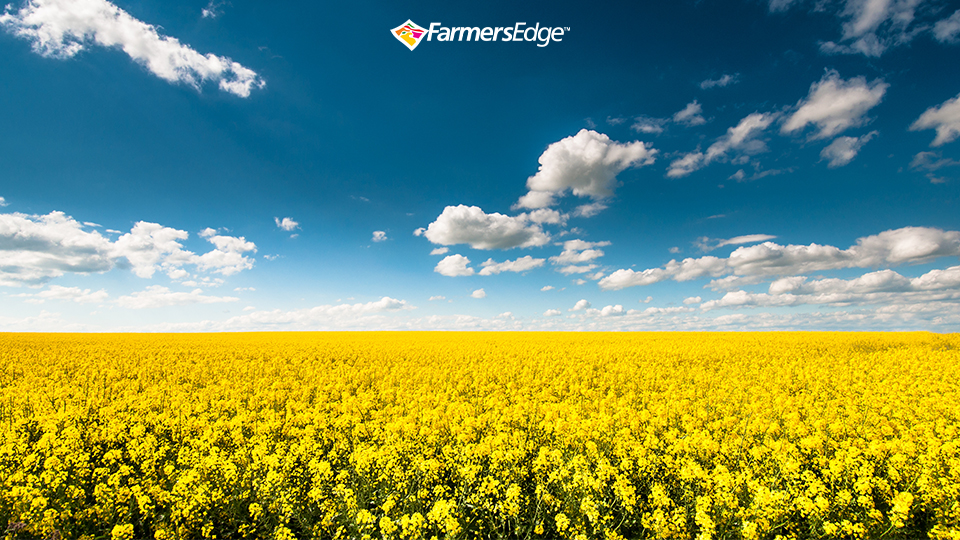Every farmer knows that technology is at the heart of the modern agriculture business, but most people who don’t work in the industry have a misconception of it being a low-tech field. Non-farmers know about the basics: seeds are planted, sprouts get watered, plants grow into crops, then crops are harvested and shipped off to magically become someone’s dinner in another part of the world. What they don’t understand is that none of this would be possible without an incredibly high level of sophistication. And it’s almost a guarantee that they aren’t aware that many of the innovations that were originally developed for farming have quietly become part of the mainstream technology landscape.
One of the biggest innovations in agriculture is weather forecasting. To put it bluntly, without accurate ways to predict heat, cold, rain, snow, and extreme weather, it would be almost impossible for farms to flourish. Weather prediction is nothing new, of course. History has recorded farmers using everything from astronomical observations to sophisticated calendars going back thousands of years; but it wasn’t until the 19th century that modern forecasting as we know it began to emerge.
Two British naval officers, Francis Beaufort and Robert FitzRoy, developed the Wind Force Scale, and even the term “weather forecasting”! These innovations were quickly adapted to allow farmers to get advanced warning of inclement conditions. By 1925, weather forecasts were a staple of radio stations across the United States and Canada.
One hundred years later, the technologies may have improved but the basic approach is still the same: sophisticated tools measure everything from barometric pressure to wind patterns hundreds of miles away. These tools maximize accurately predicting what conditions the farmers will face in the hours, days, and even months ahead. It’s safe to say that there are few people who know more about the weather than farmers, because this knowledge is so central to success in the agriculture industry.
What does this have to do with the latest iPhone or Android phone? The answer is, quite a lot. There are literally hundreds of apps available for the general population to get quick and easy updates on the weather. For non-farmers, just knowing the chance of rain and the high and low temperatures for the day is good enough, but that’s just the tip of the iceberg for people working in agriculture. Unbeknown to most, many of the top applications available on mobile phones are actually light versions of professional grade programs that farmers pay for. As an example, the ability to view real-time radar was originally developed for agriculture professionals but is now available to everyone who wants that level of detail. Most people don’t even think about the agricultural history of their weather apps, the people who want to know whether to wear a T-shirt or a sweater in San Francisco, or a rain jacket versus a snow parka in New York City. So many are oblivious to the debt of gratitude they owe to the farmers who developed and popularized advanced weather forecasting technologies.
Farmers Edge was founded to help farmers gain every possible advantage in making their businesses succeed. Our mission from day one has been to empower the agriculture industry to leverage technologies that help them lower costs, increase yield, and maximize revenue. Weather forecasts are an integral part of the technology stack that benefits forward-thinking farmers who drive value and increase success. And along the way, some of the amazing digital tools used by farmers have made their way into the mainstream and are now an integral part of how humanity interacts with – and benefits from – innovation.


